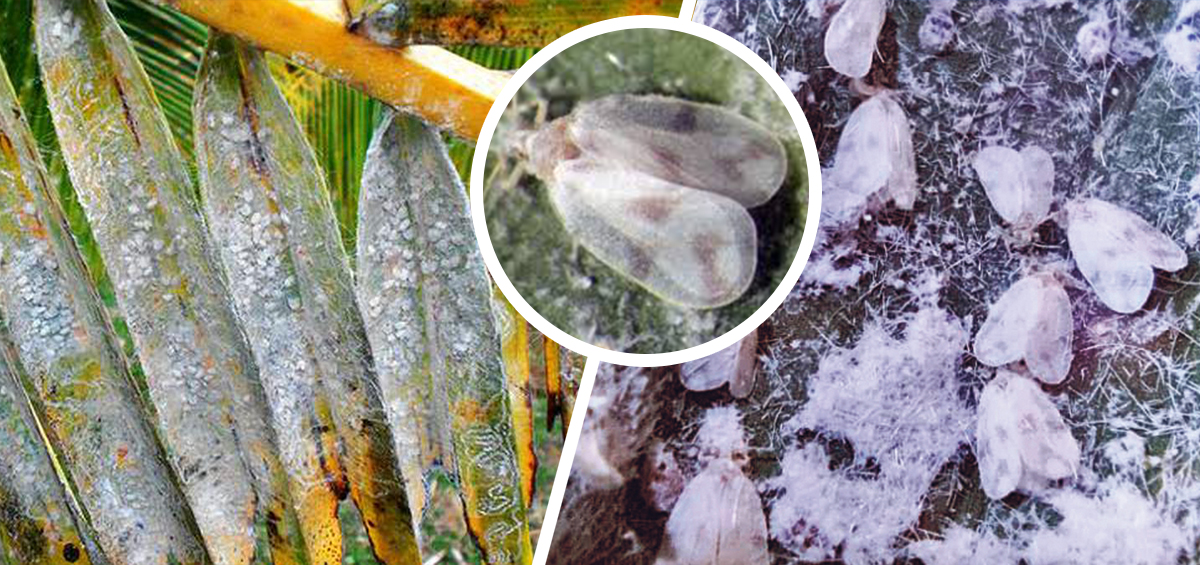
Coconut (Cocos nucifera), or Kalpavriksha, is a vital plantation crop grown in over 90 countries, with 80% of production in Asia and the Pacific. Major producers include India, the Philippines, Sri Lanka, and others. In India, key states include Kerala, Tamil Nadu, Goa, Karnataka, and more, contributing approximately 20,736 million coconuts annually from 21.99 lakh hectares.
India has seen the arrival of 118 exotic insect species, including several important whiteflies. Currently, there are 442 whitefly species from 32 genera documented in India. Notably, the rugose spiraling whitefly (A. rugioperculatus) was reported in Tamil Nadu, Karnataka, Kerala, and Andhra Pradesh after invading India in 2014 and 2016.
The Rugose Spiraling Whitefly (RSW) is a highly polyphagous pest with 118 hosts across 43 plant families, including key crops. It poses a significant threat to coconut cultivation due to its aggressive and fast-spreading nature.
Rugose spiralling whitefly adults are approximately three times larger (about 2.5 mm) than the commonly found whiteflies and tend to be lethargic. Females lay their 40 eggs on the underside of leaves in a concentric circular or spiral pattern, covering them with a white waxy substance. The rugose spiralling whitefly has five developmental stages. The first instar, known as the crawler stage, is the only mobile immature stage. After hatching from the egg, the crawler searches for a place to begin feeding, using its needle-like mouthparts to suck plant sap. As the crawlers molt into the next immature stages, they become immobile, initially appearing oval and flat, but becoming more convex as they progress through their life cycle. The nymphs are light to golden yellow in color and produce a dense, cottony wax along with long, thin waxy filaments. Nymphs and adult whiteflies feed on the sap of leaves and produce a sticky, shiny liquid known as honeydew. This honeydew serves as an excellent medium for the growth of sooty molds, which turn it into a black, viscous substance. Additionally, honeydew attracts ants and wasps, which in turn protect whiteflies from their natural predators. The last stage is the Pseudo pupal stage, which lasts for 10 days later on it enters the adult stage and lifecycle repeats as shown in the picture.
The entire life cycle takes about 36 to 56 days, influenced by climate conditions.
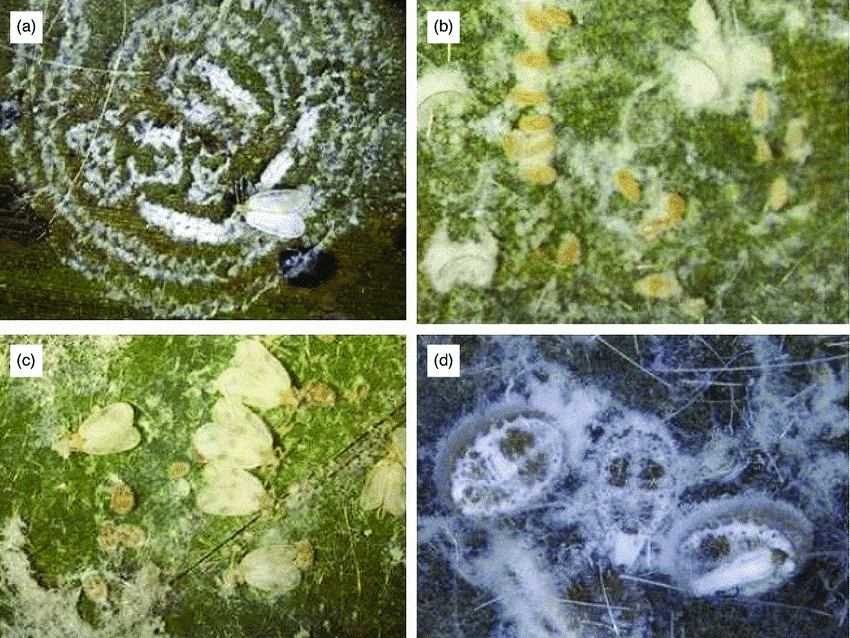
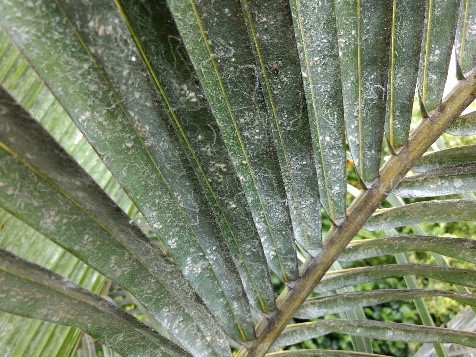
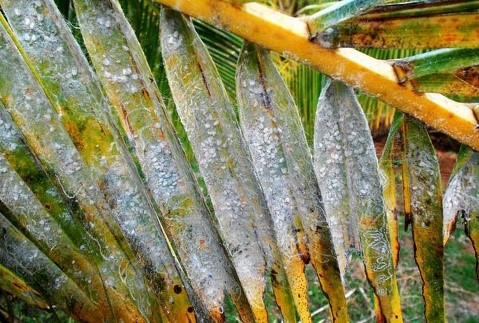
Managing RSW infestation requires a combination of cultural, mechanical, and chemical methods:
Rugose spiraling whitefly, a pest on plantation crops, resides on the underside of the leaves, making spray treatments difficult to apply. This poses a significant challenge for farmers.
For significant infestations, the following formulations are recommended (Figure 1)
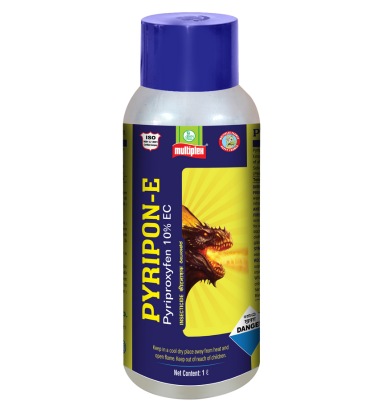
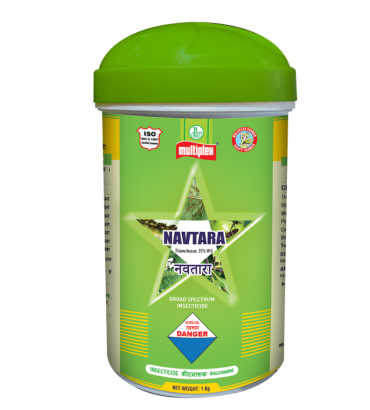
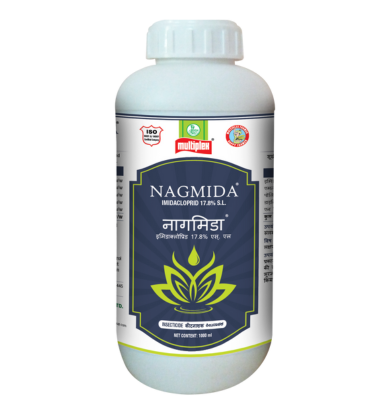
It is advisable to combine these treatments with neem-based products:
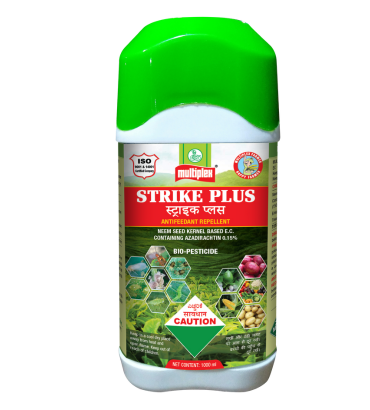
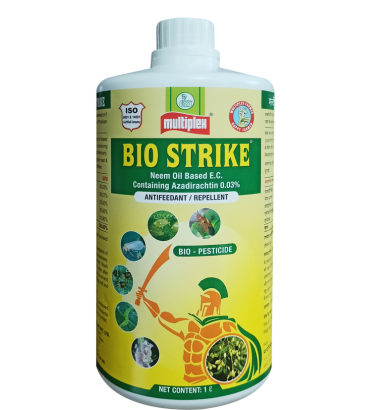

Commence regular spraying activities from February through June, administering applications on a monthly basis to ensure effective control and suppression of the whitefly population.
The Rugose Spiraling Whitefly presents a serious threat to coconut cultivation in India and other regions. However, by focusing on early detection, consistent monitoring, and a comprehensive Integrated Pest Management (IPM) strategy, farmers can protect their plantations and maintain productivity. Timely interventions and coordinated efforts within the community are essential for effectively managing this pest.